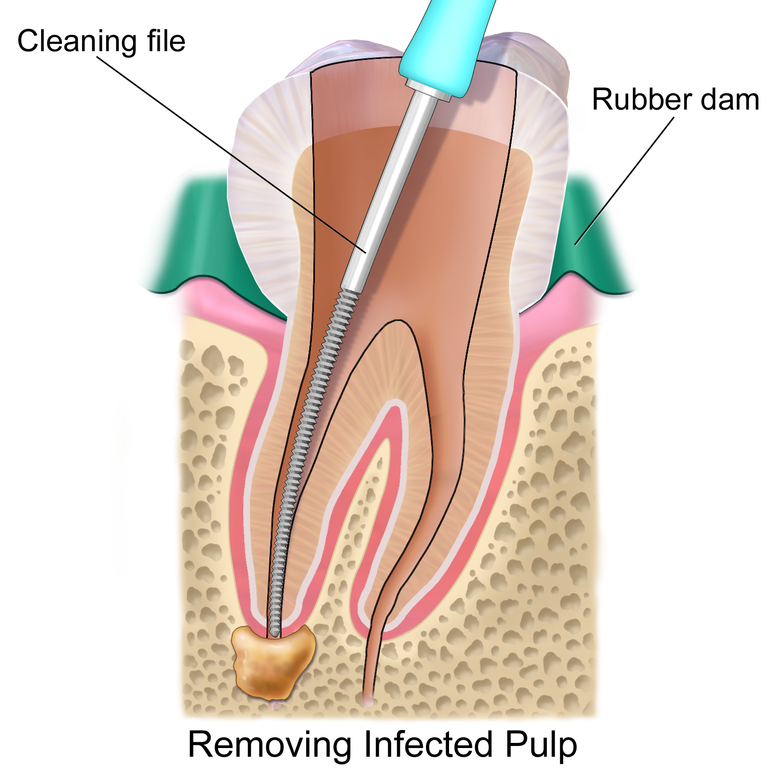
Root canal treatment is an extensively performed dental procedure used to treat damaged or infected teeth. Yet, despite being a common procedure, there exist several misconceptions about it. Here, we shall scrutinize the most pervasive myths associated with root canal treatment and elucidate why they are invalid.
Myth #1: Root canal treatment is a painful ordeal.
A widespread myth about root canal treatment is that it is a traumatizing and distressing procedure. However, this is a fallacy. With modern anesthesia and techniques, root canal treatment is no more uncomfortable than a routine filling. In fact, the agony caused by an infected tooth is usually more excruciating than the mild discomfort felt during the procedure.
Myth #2: Root canal treatment is a health risk.
Another root canal treatment myth is that it can cause illnesses or other health problems. This myth is based on research from the early 1900s, which has been debunked. The American Dental Association and other credible organizations have declared that there is no evidence to support this claim. Root canal treatment can even help prevent the spread of infection and enhance oral health.
Myth #3: Extraction is a better alternative to root canal treatment.
Some individuals believe that tooth extraction is a better option than root canal treatment. However, this is not always the case. In many instances, it is better to conserve the natural tooth through root canal treatment instead of removing it. Extracting a tooth can cause other issues, such as the misalignment of the remaining teeth or bone loss in the jaw.
Myth #4: Root canal treatment is a one-time, conclusive procedure.
Root canal treatment is often perceived as a one-time, conclusive process, but this is not always the case. In some cases, a tooth may need additional treatment, such as retreatment or an apicoectomy (surgical removal of the root tip). However, these procedures are not typically necessary for every root canal treatment.
Myth #5: Root canal-treated teeth must be extracted.
There is a fallacy that root canal-treated teeth must be removed, but this is erroneous. In reality, root canal treatment is intended to preserve a damaged or infected tooth, not to eliminate it. After the treatment, the tooth is repaired with a crown or filling, and it can function as a natural tooth would.
Myth #6: Root canal treatment is only needed when there is pain.
An erroneous belief about root canal treatment is that it’s solely essential when a tooth is causing discomfort. However, this is not universally accurate. There are instances when an infected or damaged tooth may not cause any discomfort, but it still necessitates treatment to avoid further complications.
Myth #7: Root canal treatment weakens teeth.
A widely held misconception about root canal treatment is that it diminishes the strength of teeth. However, this is not factual. After the treatment, the tooth may be more fragile than before, but a crown or filling can bring back its vigor and functionality.
Myth #8: Root canal treatment is a lengthy and time-consuming process.
While root canal treatment may take longer than a routine filling, it is not necessarily a protracted or time-consuming process. In reality, most root canal treatments can be finished in one or two appointments.
Myth #9: Root canal treatment is only for adults.
An unfounded notion is that root canal treatment is only mandatory for grown-ups, but this is not true. Children can also require root canal treatment if they have a damaged or infected tooth.
Myth #10: Root canal treatment is expensive.
A prevalent falsehood is that root canal treatment is costly. However, this is not necessarily an accurate statement. In actuality, it is often more cost-effective than having a tooth extracted and replaced with a bridge or implant. Additionally, many dental insurance plans cover the cost of root canal treatment.